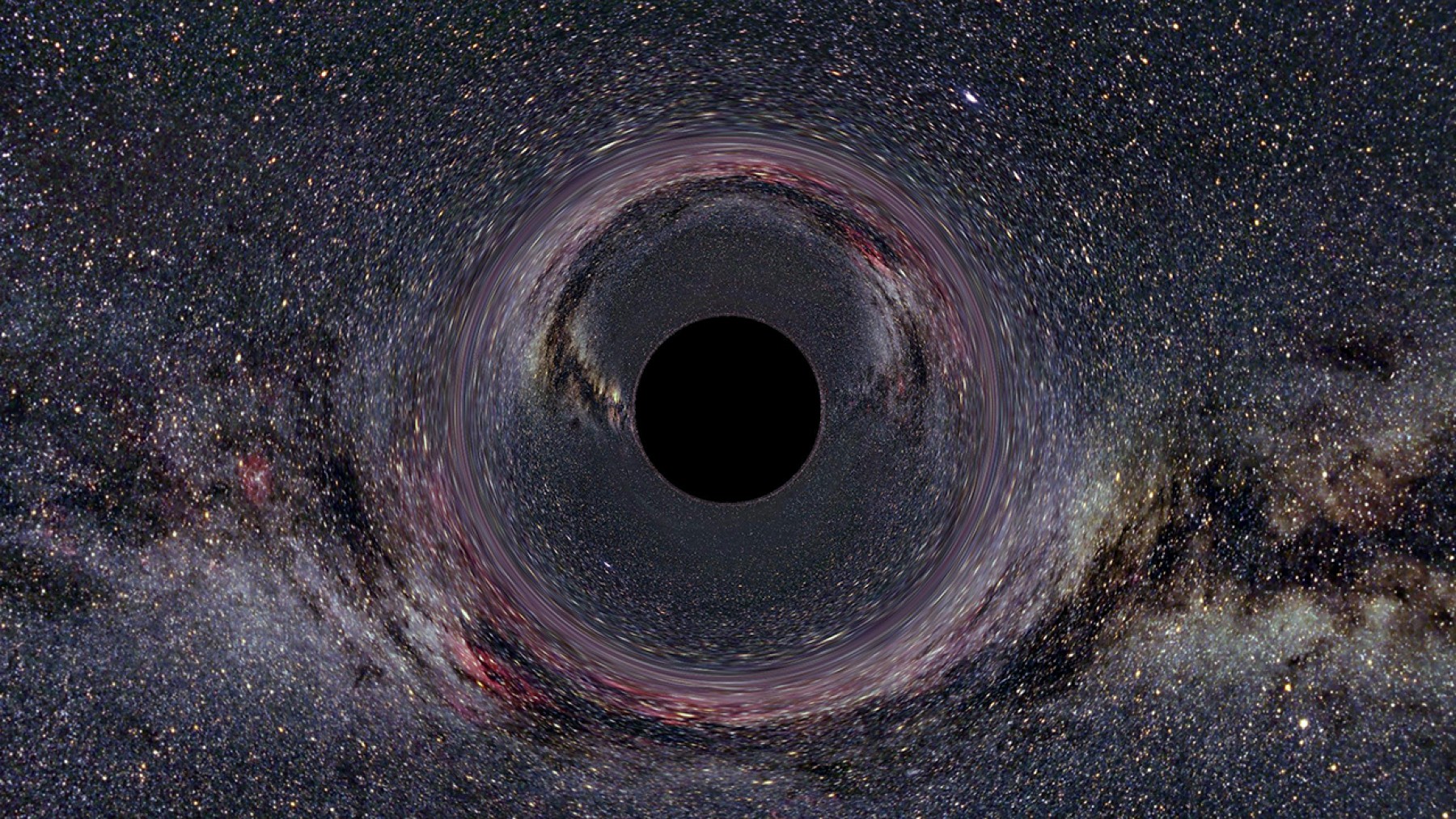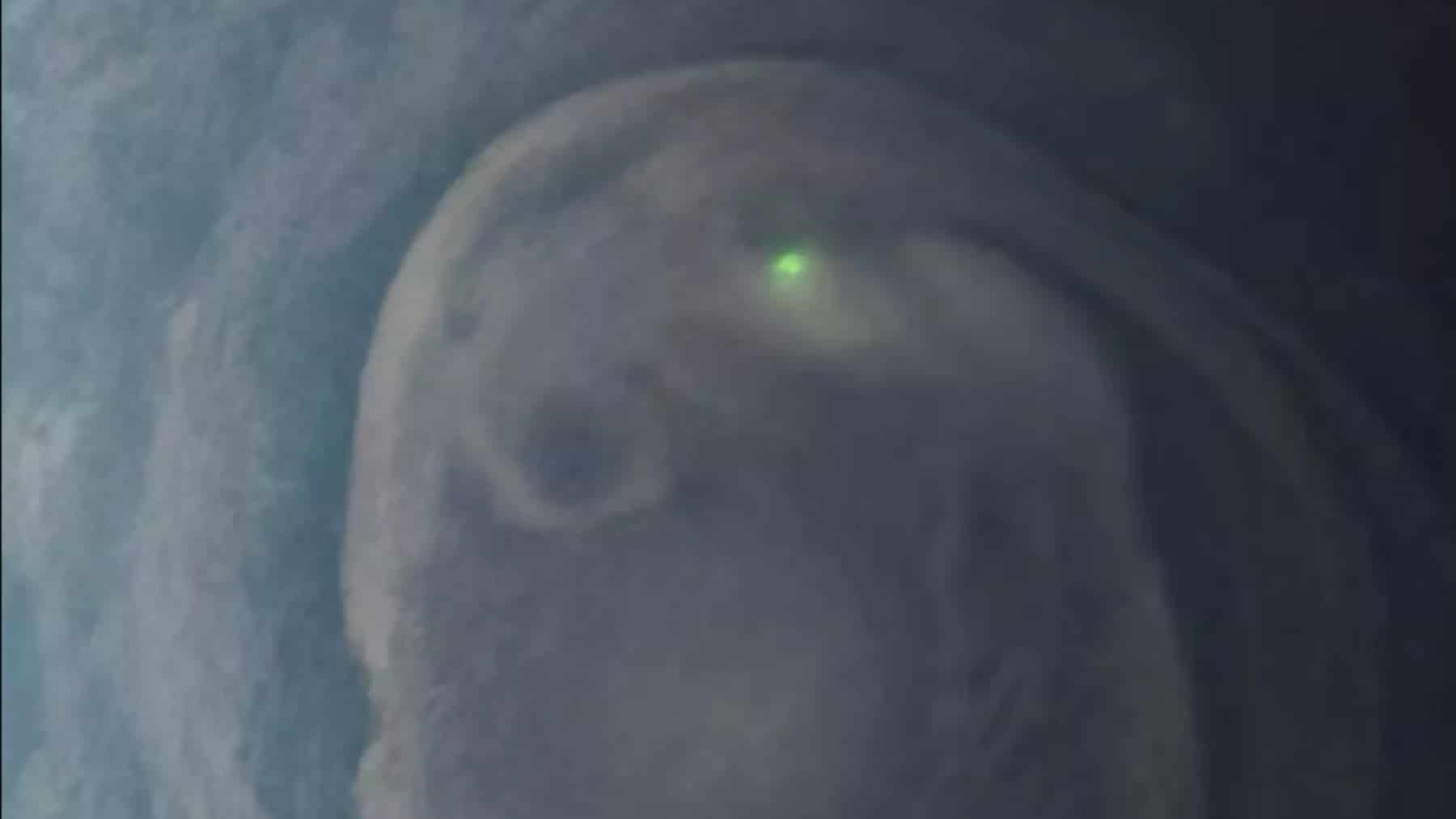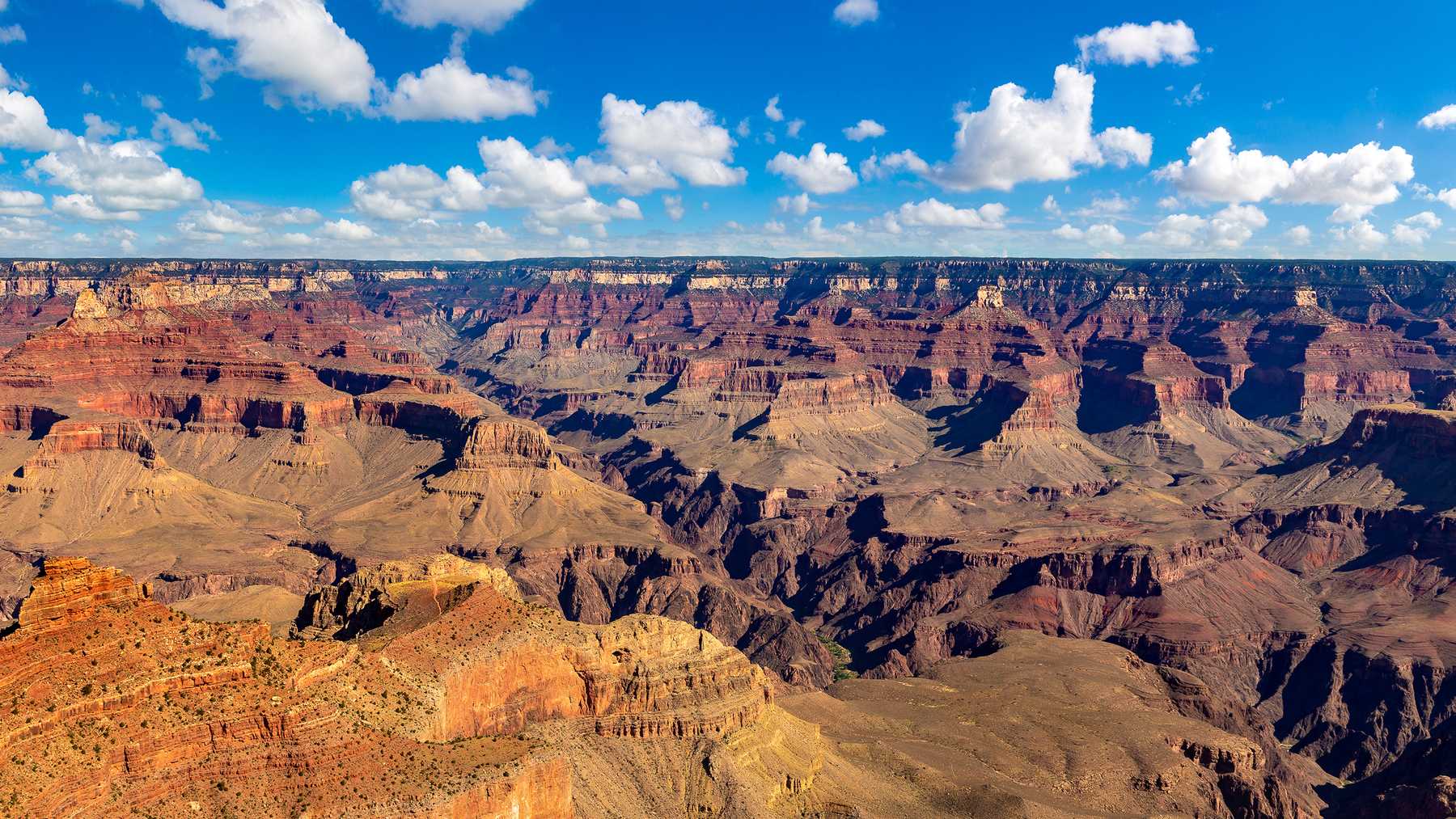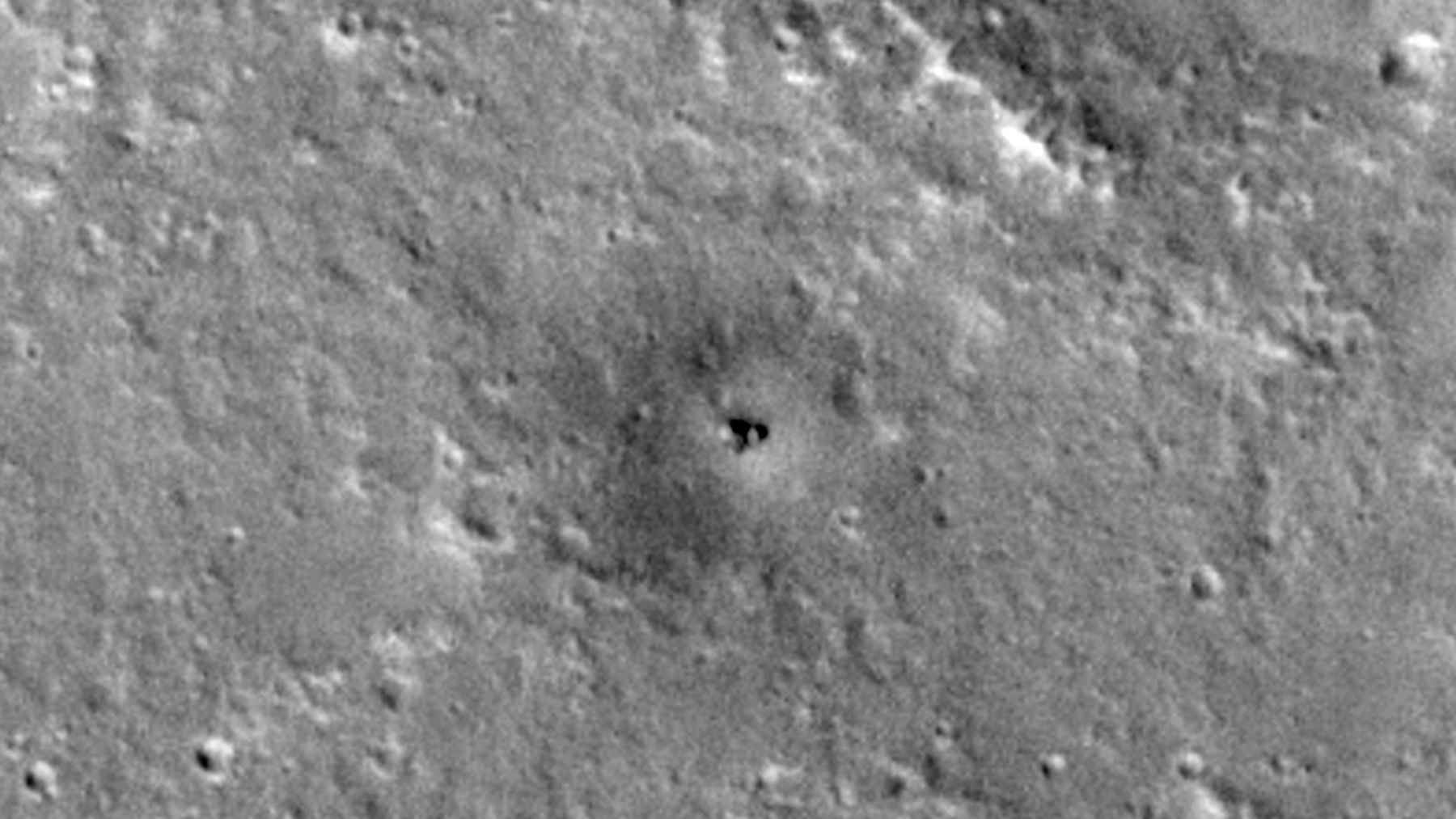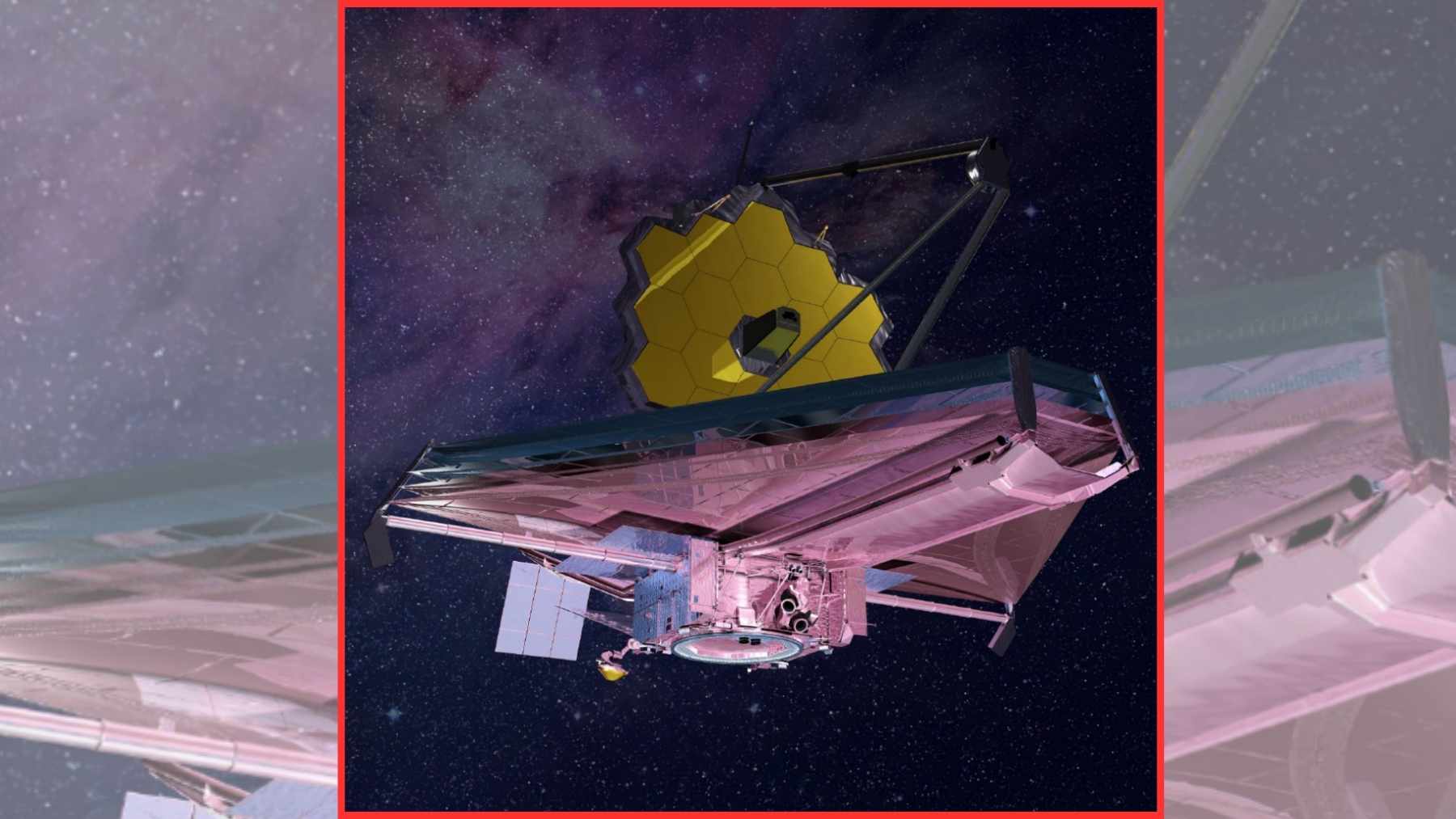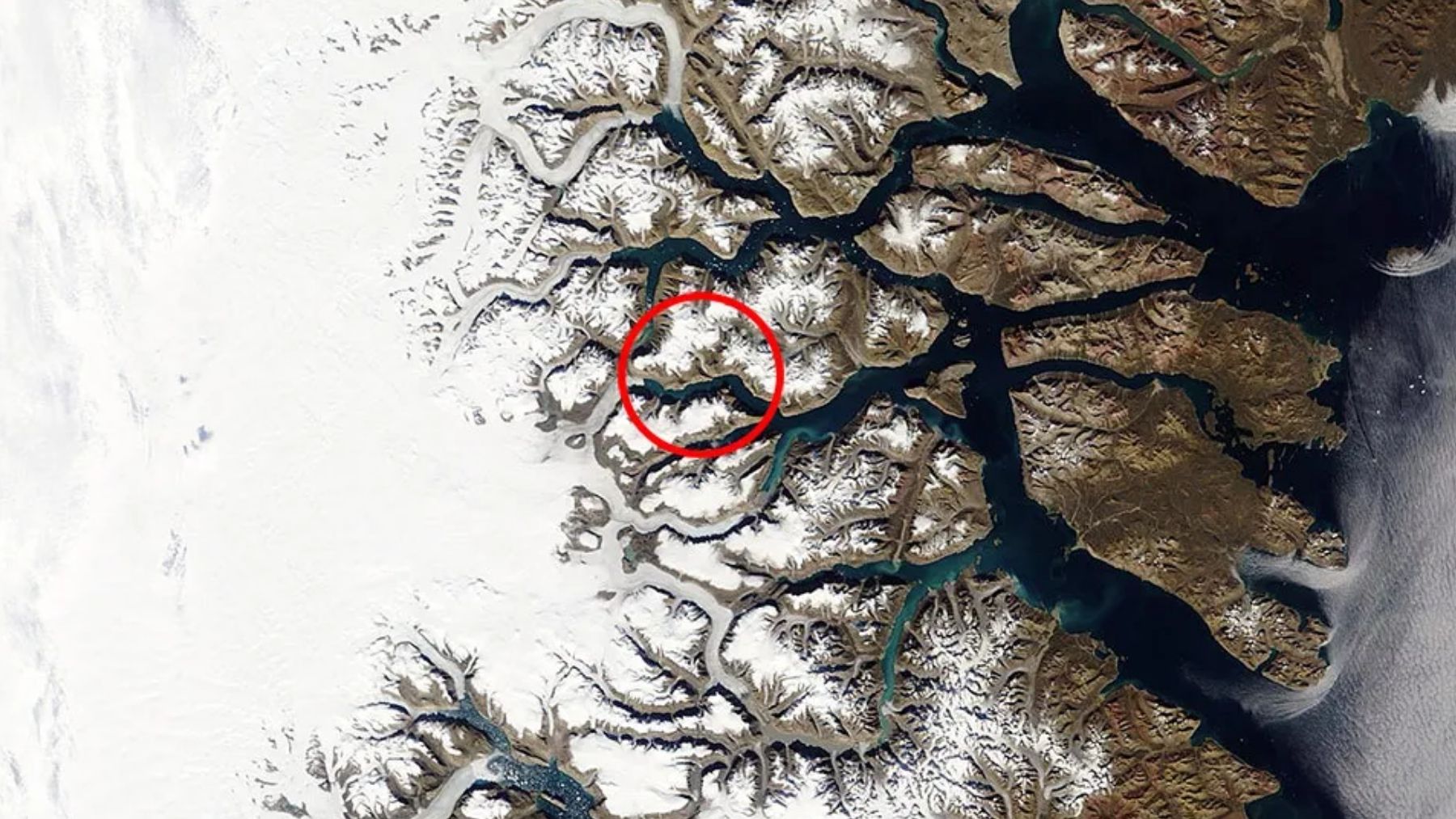For many years scientists have been wondering if a mysterious ninth planet lurks in our Solar system. “Planet Nine”, dubbed, has fascinated scientists for its ability to account for “anomalous” motions of objects located faraway from Neptune. As found, Planet Nine would be a paradigm shift for our knowledge of the evolution of the Solar System.
Revealing the unknown: Planet Nine’s case
The most convincing argument for Planet Nine is based on the extremely eccentric orbital motions of Extreme Trans-Neptunian Objects (ETNOs). These remote objects show a gravitational behavior that points to the presence of a massive, hidden planet.
Researchers have applied data from the Panoramic Survey Telescope and Rapid Response System (Pan-STARRS) to remove 80% of the previously predicted locations for Planet Nine, thereby focusing the search area very substantially.
As co-author of a work on this issue reported, “There are too many individual clues indicating that planet nine is real. It is nearly impossible to understand anything about the Solar System” without it. Simulations indicate that, if Planet Nine is present, it may be the fifth largest object in the Solar System with a mass between that of Earth and Uranus.
Research exposes connection between meteorite & mysterious Planet Nine
One of the interesting topics of research came out of the examination of a meteorite (CNEOS14) that materialized in the Pacific Ocean in 2014. Initially identified as an interstellar object, subsequent analysis revealed statistical anomalies in its trajectory.
Researchers found a remarkable correlation between the meteorite’s source and the predicted position of Planet Nine. These results are consistent with the “messenger hypothesis”, according to which the gravitational effect of Planet Nine could have moved CNEOS14 towards the Earth.
Simulations indicate that Planet Nine might be billions of kilometers from the Sun, at more than 500 astronomical units (AU) from the Sun. Due to this enormous scale, it is extremely faint, and difficult to observe, using current telescopes.
It is theorized by researchers that it may be a “Super-Earth” (a rocky planet larger than Earth) or a “Sub-Neptune” (a gas giant planet smaller than Neptune). Either classification would leave it unique (like this black hole in the solar system which is worrying scientists) amongst the known planets in our Solar System.
Argument surrounds the reality of Planet Nine among continuing sky investigations
Planet Nine identification is demanding in terms of sensitivity thanks to the extremely low intrinsic brightness of the planet. Sky surveys are currently in progress, culminating with surveys to be conducted by the Vera Rubin Observatory.
Despite the advances in technology, the size of space and the possible faintness of the planet make this task difficult. There is no consensus among scientists regarding the existence of Planet Nine. The peculiar nature of ETNO orbits is attributed by others to biases in observation rather than gravitational influence of an unseen planet.
Since Planet Nine is not directly observed, alternative theories should also be speculated to account for these phenomena. CNEOS14 trajectory presents exciting possibilities for future research. Scientists are hoping to track its journey backwards and thereby identify the location of Planet Nine near the constellations of Aries, Taurus, and Cetus.
Observation programs, for example, the one at the Javalambre Observatory, are also currently probing those areas for detection of the elusive planet. Reading between the lines of the search for Planet Nine is, in equal measure, a journey of knowledge and a declaration of mankind’s inquiry. Although its existence is still hypothetical, the search has already fostered a deeper picture of the Solar System and its processes.
Even if Planet Nine is eventually found, the search for its secrets will lead still new, scientific discoveries, forcing us to remember the inexhaustible fund of unknown matters that exists beyond our world (just like this second moon which was discovered on Earth).
